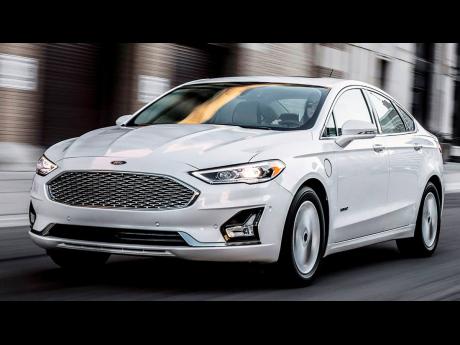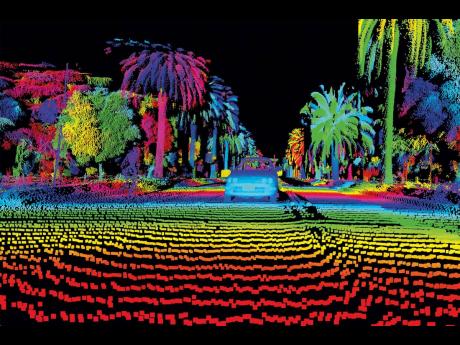Ford’s next-gen test vehicle lays foundation for self-driving business
Ford and Argo AI‘s fourth-generation self-driving test vehicles are built on the Escape Hybrid platform and feature the latest advancements in sensing and computing technology. The Escape Hybrid is also the architecture and platform Ford has chosen to use to bring its autonomous vehicle service online.
“Launching a self-driving service is complex. Many different pieces need to come together to create a trusted and scalable self-driving service that provides value to customers and the cities they operate in. At Ford, we are taking a thoughtful approach to how we bring together all these pieces to help shape the future of self-driving vehicles. One important part of this service is the vehicle, which will allow us to stand up our self-driving business,” said John Davis, chief engineer, Ford Autonomous Vehicles LLC.
The systems Ford is incorporating into its newest test vehicles are ‘launch-intent’ in terms of the components the company believes will be needed to support commercialisation. What this means is that, with a well-defined architecture and platform in the Escape Hybrid, the team can continuously test and refine performance over the coming years to better prepare it for launch. Everything they learn can be channelled directly into the self-driving service as soon as it starts serving customers.
The new Escape-based test vehicle hosts an upgraded sensing suite and efficient hybrid powertrain:
1. Getting a Sense for the Road. Upgrade of sensing suite with even more advanced light detection and ranging (LiDAR), higher-resolution cameras and more capable radar sensors.
• All-new long-range LiDAR with higher resolution, 128-beam sensing to help provide a 360-degree field of view.
2. Battery Power That Really Delivers: Powering these sensors, as well as Ford’s computing systems, is the increased electrification capability of the Escape Hybrid.
• Modification of the Escape Hybrid’s high-voltage battery with additional battery cells, which helps support the total battery power required by the self-driving system while helping to reduce gasoline consumption
3. Attention to Detail Sensor Cleaning: Over the last year, Ford’s team has refined the sensor-cleaning system developed based on on-road testing with the previous-generation test vehicles. Keeping sensors clean from rain, dirt, debris, and even insects is very important to ensure that the vehicles can better “see” the world around them in a variety of challenging conditions.
All of this lays the foundation for Ford Autonomous Vehicles Business as with the fourth-generation test unit, the company has everything it needs from a vehicle to stand up its self-driving service.
Considering that the vehicle is just one part of bringing together the future of self-driving services, Ford continues to build, test, and strengthen its fleet operations strategy.
“We’re confident that we’re on the path to launching a safe, reliable, and affordable service that will ultimately help make people’s lives better. As they become ready for deployment, we will gradually integrate these fourth-generation vehicles into our multicity testing efforts alongside our Fusion Hybrids in Austin, Detroit, Miami, Palo Alto, Pittsburgh, and Washington, DC,” said Davis.



